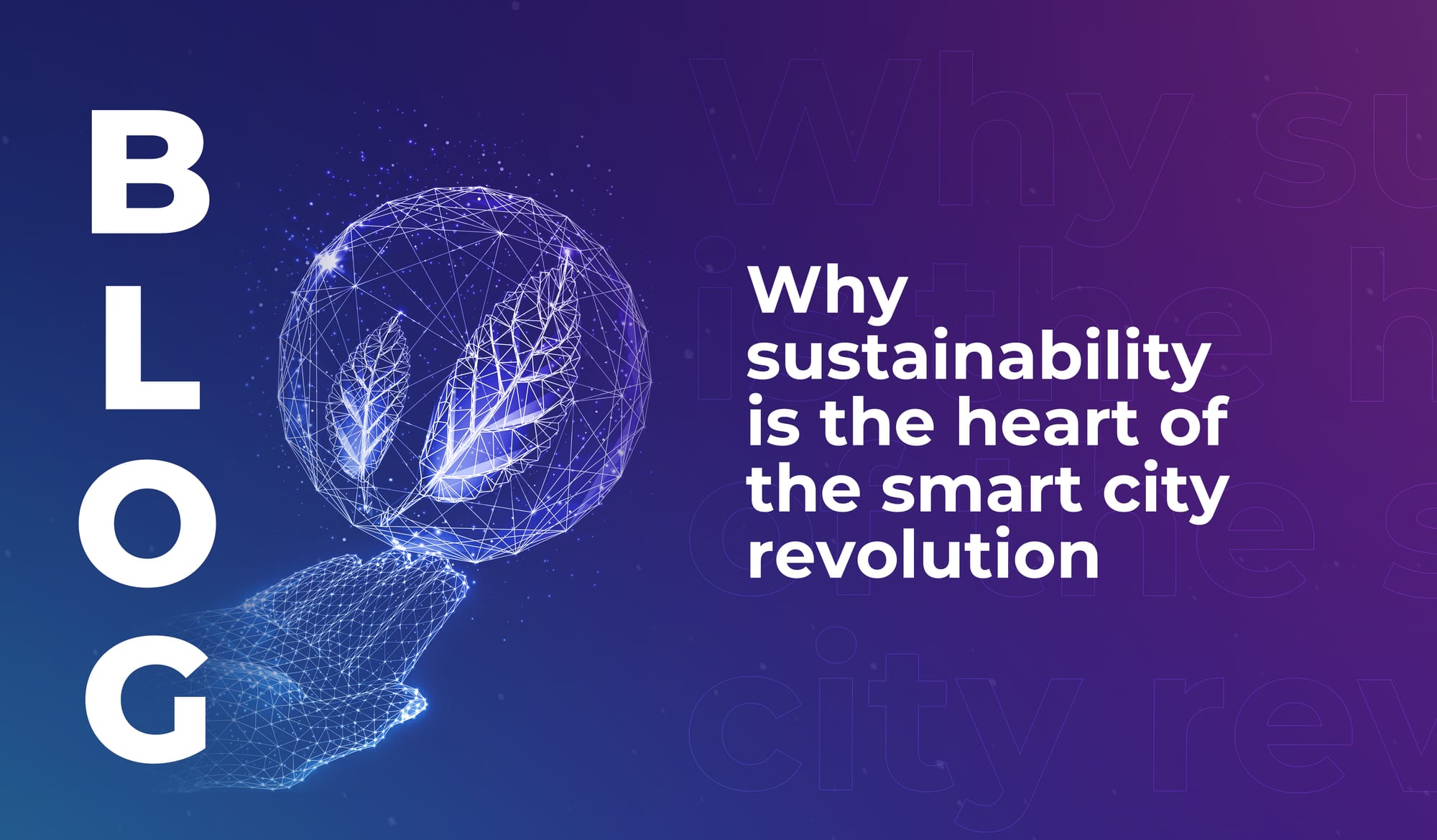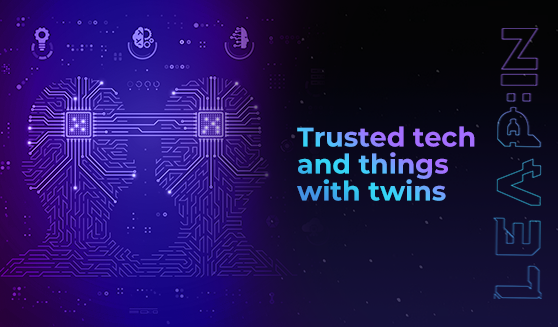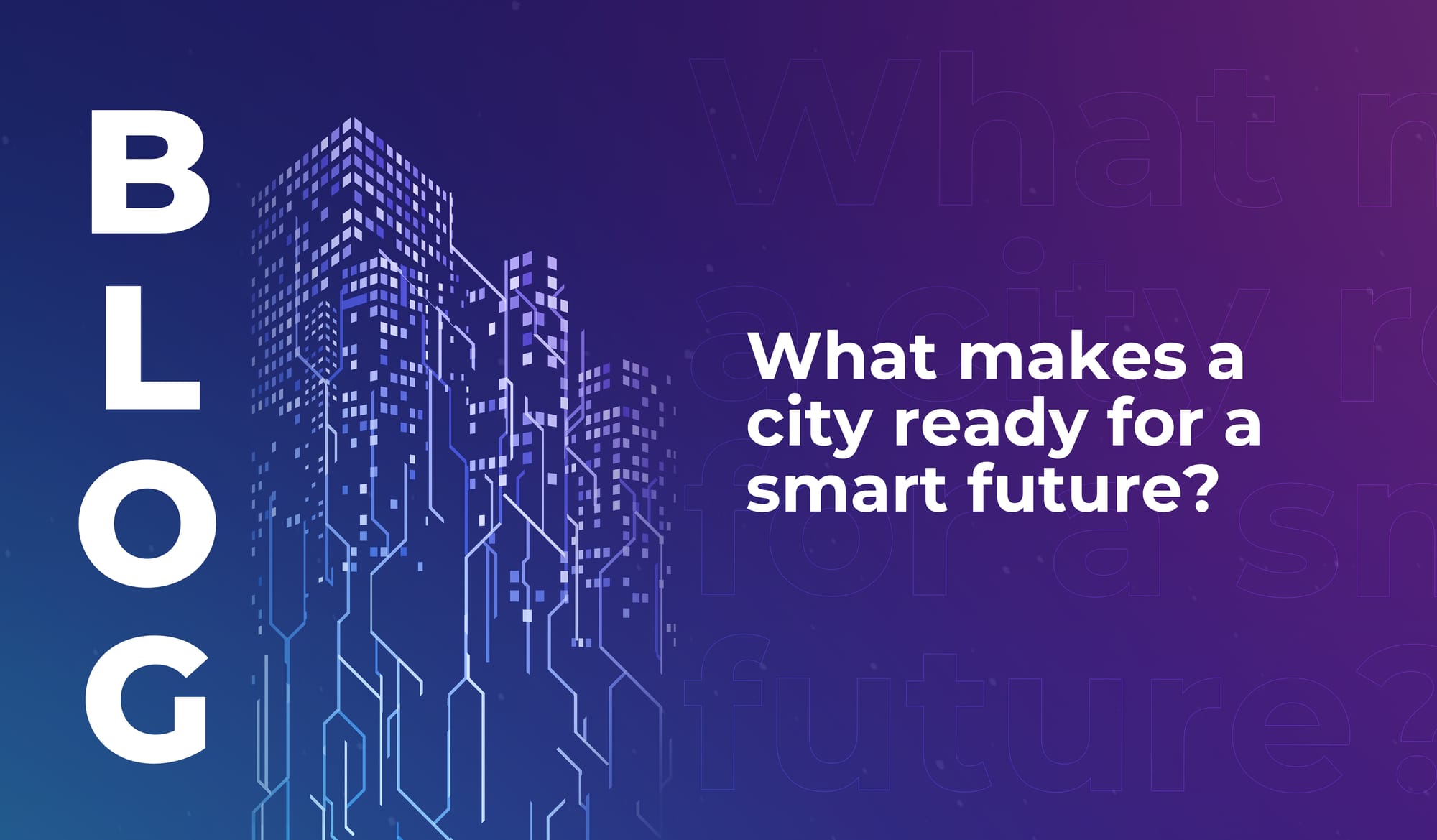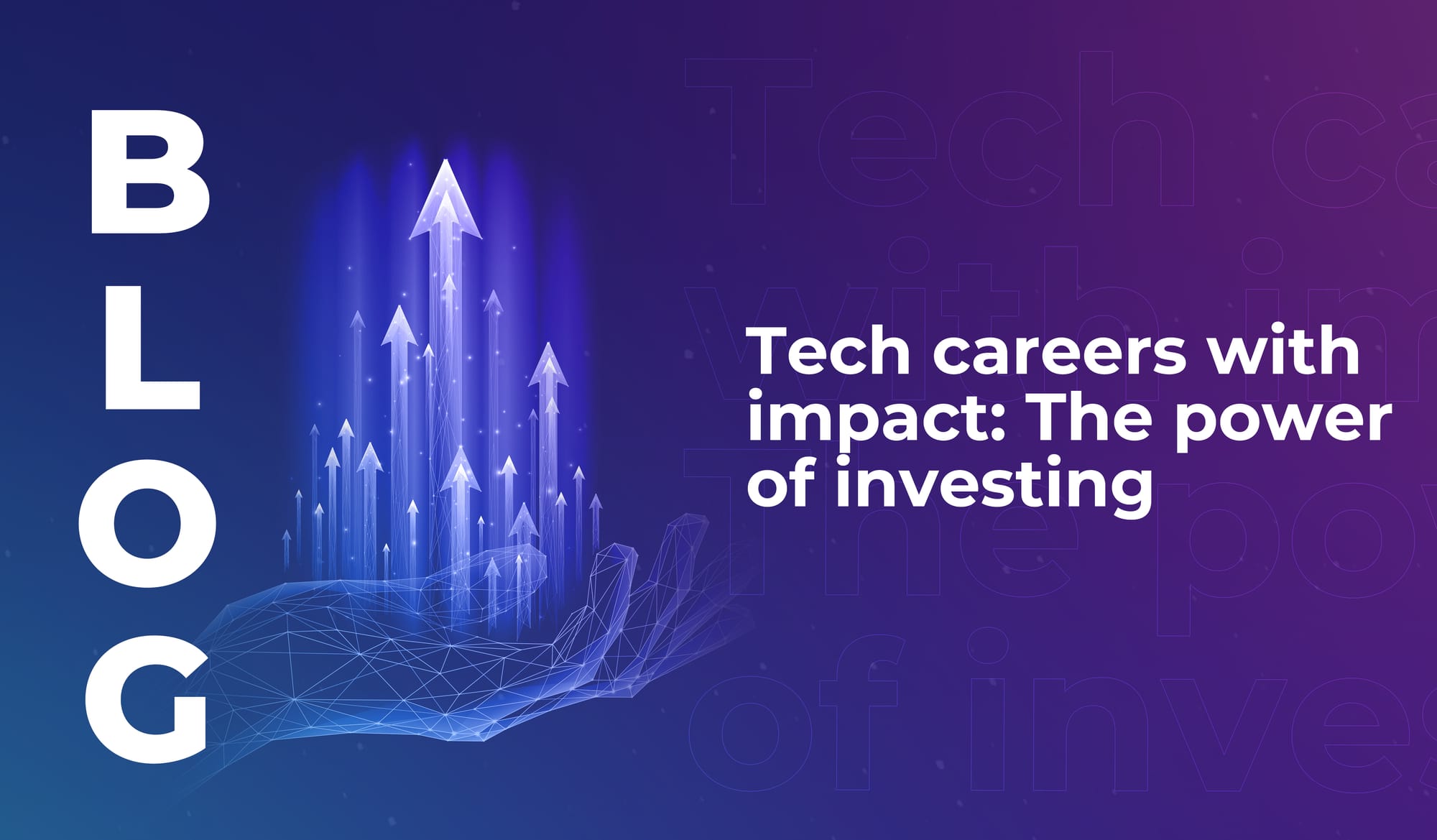
Why sustainability is the heart of the smart city revolution
The smart cities of the future will use tech to lower emissions, cut urban temperatures, and improve quality of life in highly populated areas.


Welcome to this week’s LEAP:IN newsletter. Each week, we unpack leader’s powerful quotes and decipher the tech landscape. With exclusive content from some of the world’s leading experts in AI, robotics, space, edutech, climate tech and more, read on to discover this week’s insights and subscribe to receive weekly updates direct to your inbox.
This week we’re quoting…
Jorge Sebastiao (Co-Founder, Eco X, CBO Simba Storage)
What Sebastiao said…
“Blockchain is the operating system of trust. By building trust into the system you put together, you can rely on the data that is being generated.”
Transparent tech makes trust more…trustworthy
Sebastiao was talking about smart cities, and about how they can work better for the people who use them if they share their data willingly and enter the conversation about which parts of city life really need to be optimised.
But his point about blockchain and trust got us thinking: is trusting technology better than trusting people or organisations?
And we think it probably is. At least in some ways.
As Bruce Schneier (Fellow and Lecturer at the Harvard Kennedy School) put it in a keynote address at the Hyperledger Global Forum on Security, Trust and Blockchain in 2018: “Blockchain shifts trust in people and institutions to trust in technology.”
The way the blockchain system is built – with blocks that are chained together – means that it self-regulates, checks every change in a block against every other block to confirm validity, and ensures that no single person/business/hacker can exercise control over the chain.
So everyone knows they can trust the blockchain. And that means they don’t have to trust a person, or an institution. You don’t just have to rely on the reputation or branding of a bank, for example, to decide whether or not your money is safe; trust is built into the tech.
Why does this make data generated by the system more reliable?
Because, put simply, the data is true. It’s not being made up or censored or rigged by a human being or a profit-making business. It just is what it is.
Are there other ways to build trust into tech?
There’s a growing movement towards ethics-by-design, especially in the realm of AI. And the interesting thing about this is that it requires a lot of human input – adding more human work that needs to be done, just as AI lightens the human workload in other areas.
Adam Spearing (Field CTO for Salesforce EMEA) wrote in an article:
“Ironically, investment in ethical AI means investment in creating and sustaining a culture of critical thinking among employees. It’s not feasible to ask a single group to effectively take sole responsibility for identifying ethical risks during development and AI cannot do it alone. Instead, ethics-by-design requires involvement from diverse perspectives from different cultures, ethnicities, gender identities, and areas of expertise.”
Ethics by design starts with the environment in which AI (or any tech) is created. If that environment has a culture built only on making profit, for example, then the tech isn’t going to have social ethics built into its design – and it is not, therefore, going to be easy for users to trust.
If, on the other hand, the tech is grown from within a culture that is focused on ethics; on the inclusion of diverse voices and experiences; on having a positive impact and working towards the collective good of humanity and/or the good of the planet; then the tech will be developed with those ethics implicit within its design. Actually, we talked about this in detail (but from a slightly different angle) in our recent blog post about the values and culture of AI.
Ethical design is transparent and it constantly aims to notice, acknowledge, and move away from bias. And the world needs more tech that is designed with ethics as part of its architecture.
And we’re quoting…
Dr. Simon See (Head of Nvidia AI Technology Centre and AI Nation)
What Dr. See said:
“We want to be able to simulate the planet earth up to a kilometre small. We want to be able to visualise it.”
Cool. Is this really possible?
Some of the top scientists in the world certainly think so. But it’ll take another 10 years or so to build, and it’ll require a computer system with approximately 20,000 GPU (graphics processing units). For comparison, the Piz Daint supercomputer in Switzerland (the most powerful in Europe) has a 2,496-core GPU.
Wait, what’s a digital twin?
A digital twin is a virtual model that represents a physical object or environment very accurately, built from data generated by (or within) the IRL object/environment.
That data is generated by a range of sensors that produce information about various aspects of the physical thing’s qualities and performance – like weather conditions, temperature, energy output, and so on.
Any data created by the physical object/environment is sent to the digital copy so it’s updated in real time and continues to act as an accurate reflection of the physical.
But you can also apply other data to the digital twin to simulate variables that haven’t already happened IRL, and build an accurate prediction for what would happen if (or when) those variables do come into play.
What we know now about climate twins and their impact
On a smaller scale than modelling the whole Earth, digital twins are already at work to mitigate the risk of weather events and enable accurate weather and climate predictions.
For example…
Good things in pairs
Socks. Wings. Chopsticks. Eyes.
All good things that come in pairs. And we’re keen to see what happens when Earth can be added to the list of things that have a twin.

The smart cities of the future will use tech to lower emissions, cut urban temperatures, and improve quality of life in highly populated areas.

Discover the cities that rank highly for smart city preparedness, and learn why locally relevant innovation is more important than cutting-edge tech.

If you’ve ever thought about becoming a tech investor, read this – learn why investors are the quiet force shaping the future of the industry.

The smart cities of the future will use tech to lower emissions, cut urban temperatures, and improve quality of life in highly populated areas.

Discover the cities that rank highly for smart city preparedness, and learn why locally relevant innovation is more important than cutting-edge tech.

If you’ve ever thought about becoming a tech investor, read this – learn why investors are the quiet force shaping the future of the industry.